Dogs might not speak our language, but they sure understand more words than we often give them credit for. Simple and frequently used commands like “sit,” “stay,” “come,” and “treat” usually click fast—especially when paired with tone and consistency. Words tied to routines, like “walk” or “outside,” also become favorites. But not all words are that easy. More abstract phrases like “later” or “maybe” tend to confuse them, since they don’t connect to a clear action or reward. Dogs rely on repetition, body language, and tone to figure things out. So, while they’re great listeners, how we say things is just as important as what we say!
Sit: The Classic Canine Command
Every dog owner knows the power of the word “sit.” Usually, this is the first trick we teach our dogs, and for good reason—it’s simple, clear, and easy for dogs to associate with a specific action. Most pups pick up on this word quickly, especially when it’s paired with a treat or a hand gesture. The word “sit” is short and snappy, which makes it easy for dogs to recognize in a flurry of conversation. It’s like saying “please” in dog language. Even the wiggliest of puppies usually master this command within a few days, making it a cornerstone of basic obedience training. When you say “sit” at the dog park, you can practically see every dog freeze in place, waiting for their reward. It’s almost magical how universal this word becomes in the dog world.
Stay: Patience in a Single Word
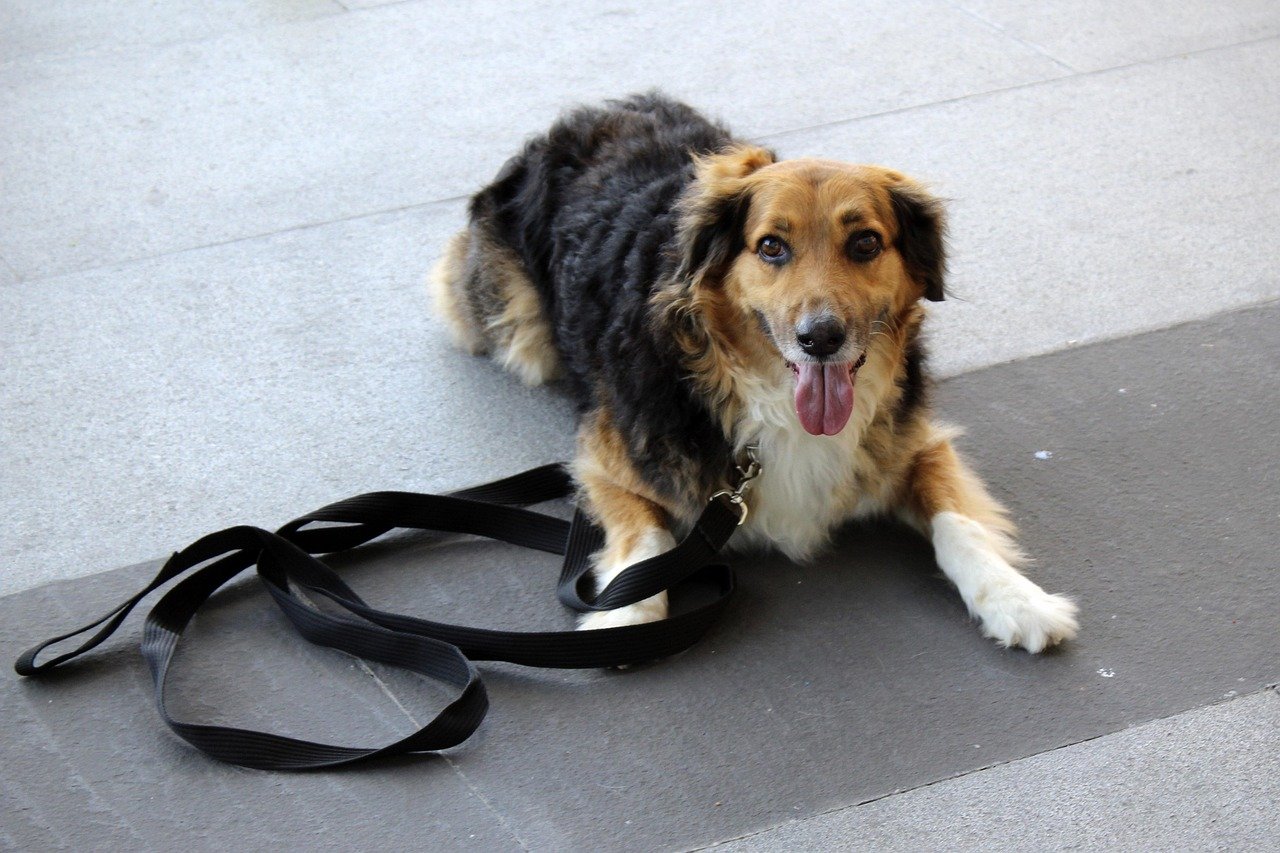
“Stay” can feel like a test of willpower for both dog and owner. Yet, many dogs learn to associate this word with the idea of holding still, even if it’s just for a few seconds. It’s a word packed with anticipation—most dogs know that “stay” is usually followed by something good, like being called back for a treat or a cuddle. The tone you use matters here; a firm but gentle “stay” helps your dog understand you mean business. Some dogs pick it up fast, while others need more practice. “Stay” is a word that builds trust between you and your pup, showing them that good things come to those who wait—just like people!
Come: The Call They Can’t Resist
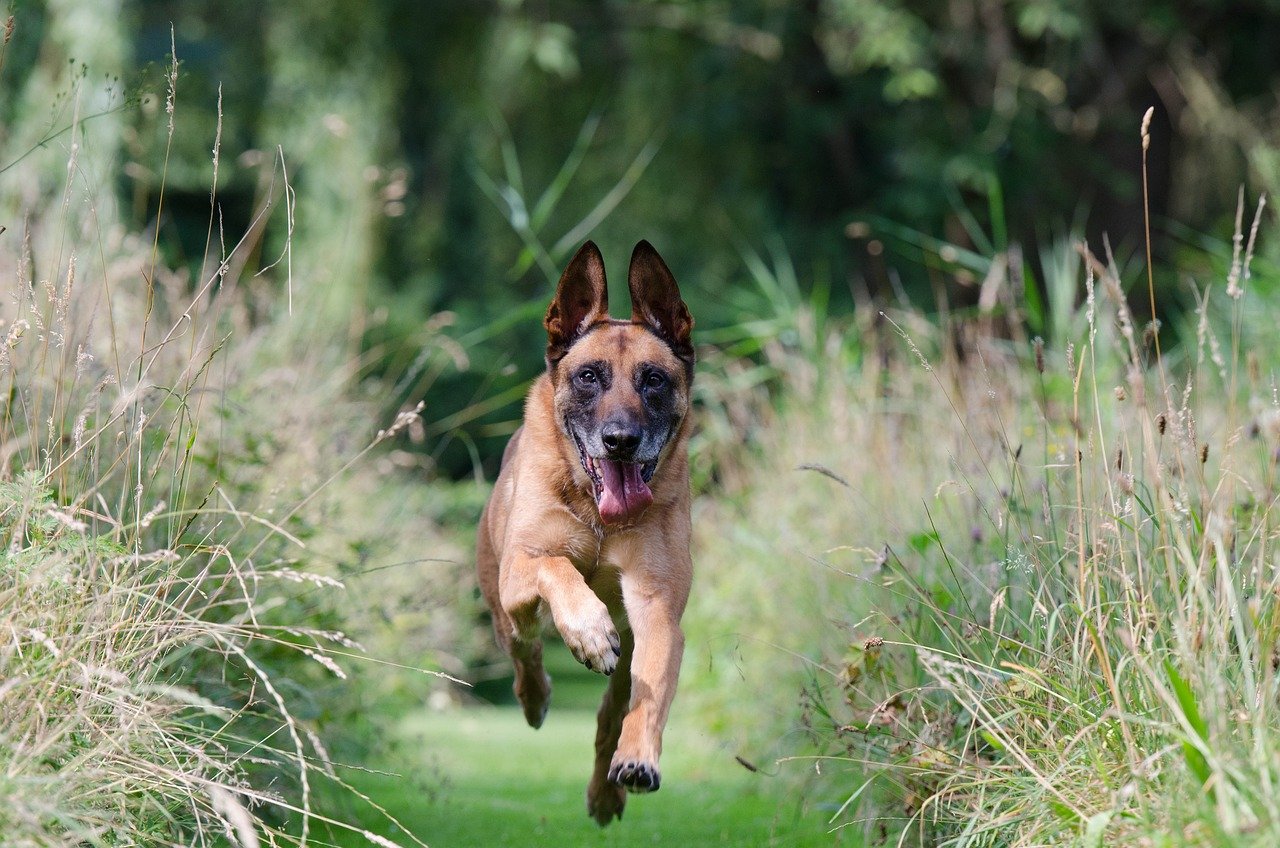
If you want to see a dog’s ears perk up, just say “come.” This word is usually taught early, and it’s often reinforced with happy voices, treats, or even a game. Dogs love it because it usually means they get to be near you, their favorite person. Saying “come” opens up playtime, walks, or a simple snuggle session. Some dogs respond better when you make it sound fun, almost like you’re inviting them to a party. The word “come” is one of the most important for safety, too—it can pull your dog away from trouble in an instant.
Down: More Than Just a Direction
“Down” can be confusing for some dogs at first, especially if they already know “sit.” But once they get it, it’s gold. This word helps teach boundaries (like not jumping on guests) and can calm a high-energy pup. The key is consistency—use the same tone and gesture each time. “Down” is handy in so many situations, whether you’re at home, at the vet, or out in public. Dogs start to associate “down” with relaxation, and it can even help them settle when they’re anxious. It’s not just about lying down; it’s about teaching your dog to find their chill.
No: The Universal Stop Sign
“No” might just be the most overused word in any dog household. It’s the word we blurt out when our pups do something naughty—chewing shoes, jumping on counters, or making a beeline for the garbage. Dogs are good at picking up on the urgency in your voice. Over time, many dogs learn that “no” means to stop whatever they’re doing immediately. Still, the effectiveness of “no” varies from dog to dog. Some clever pups learn to test the boundaries, but a sharp “no” usually gets their attention. It’s a lifesaver in sticky situations, even if it sometimes falls on floppy ears.
Walk: The Most Exciting Word Ever
Say “walk” and watch your dog lose their mind with excitement! This word is associated with all things good—fresh air, new scents, and a change of scenery. Dogs often learn to recognize “walk” not just by the word, but by the rituals that go with it: grabbing the leash, putting on shoes, or even just picking up your keys. For many pups, “walk” is the highlight of the day. Some dogs even learn to spell it out—yes, really! There’s hardly a dog out there who doesn’t respond to “walk” with a tail wag and a happy dance.
Treat: The Magic Motivator
If you want your dog’s full attention, just say “treat.” This word is practically irresistible to dogs, whether you’re talking about a crunchy biscuit or a little piece of chicken. Dogs quickly learn that “treat” means something tasty is coming their way. The word is often used as a reward during training, making it doubly powerful. Even the most distracted pups will usually pause and look your way when they hear it. Sometimes, it feels like dogs have super hearing for this word—they can be in another room and still come running!
Good: The Word That Melts Hearts
“Good” is almost always paired with “boy” or “girl,” and it’s usually spoken in a loving, upbeat voice. Dogs love praise, and they quickly learn that “good” means they’ve done something right. This word is a confidence booster, encouraging your pup to repeat positive behaviors. Some dogs will even wag their tails when they hear it, even if they’re not sure what they did right! It’s a simple word, but it can make your dog feel like a superstar. There’s nothing like a heartfelt “good dog” to strengthen your bond.
Outside: The Gateway to Adventure
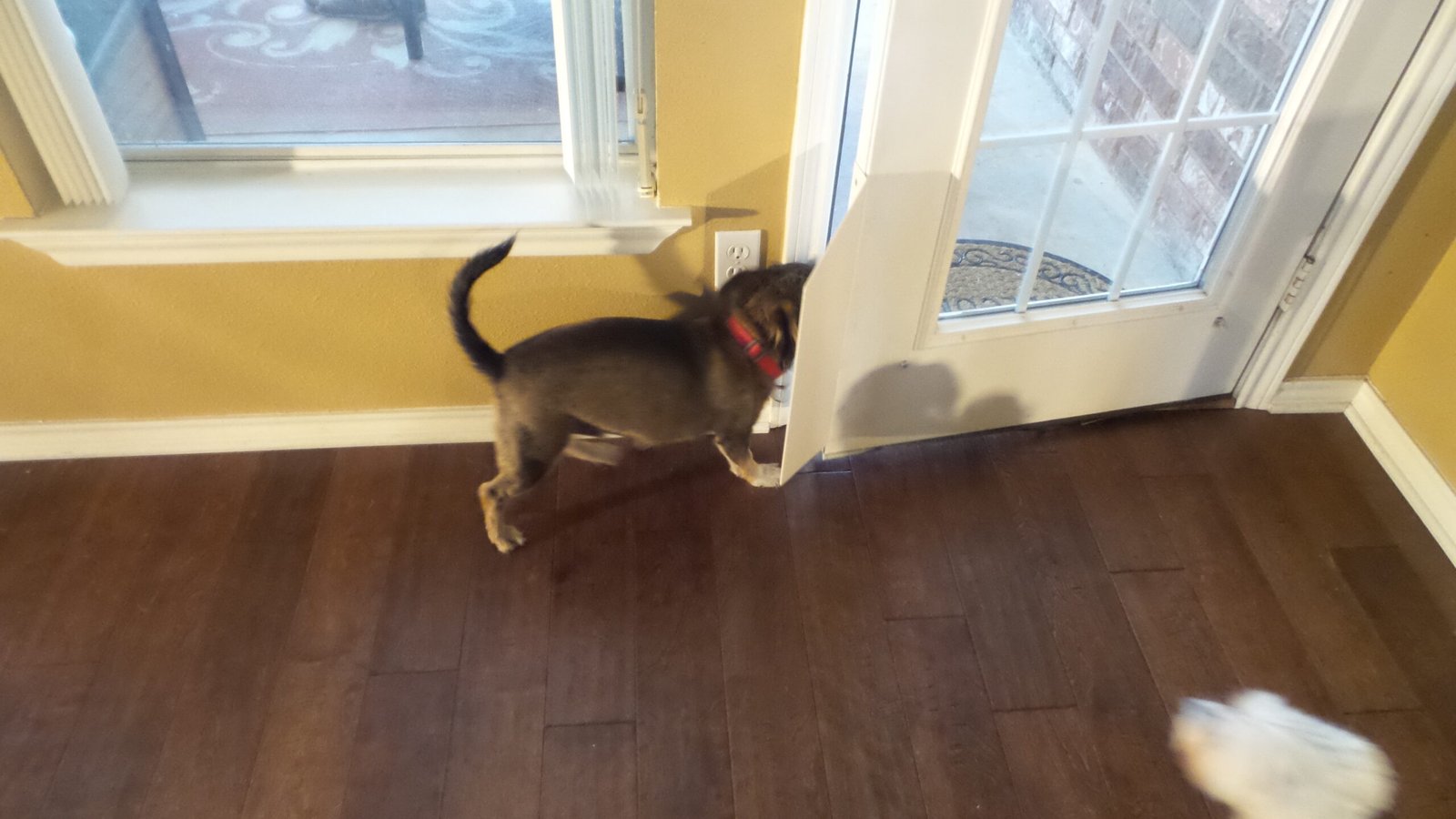
“Outside” is music to a dog’s ears. It signals the start of an adventure, whether it’s a short bathroom break or a romp in the backyard. Dogs quickly pick up on the excitement in your voice when you say this word. They often learn to associate “outside” with fun, freedom, and exploration. For some dogs, it’s the cue that it’s time to do their business. For others, it’s a chance to chase squirrels or sniff every blade of grass. Either way, “outside” is a word that brings a spark to your pup’s eyes.
Bed: The Invitation to Relax
After a long day, “bed” is the word that signals it’s time to wind down. Many dogs learn to associate this word with their cozy spot—whether it’s a plush dog bed, a crate, or a corner of your sofa. “Bed” helps create a routine, making bedtime less stressful for both dogs and owners. It’s especially useful for teaching puppies where to sleep. Some dogs even trot off to their beds the moment they hear the word, curling up with a contented sigh. It’s like telling your dog, “You’ve earned a rest.”
Maybe: The Epitome of Confusion

Now, let’s talk about words that leave dogs scratching their heads. “Maybe” is a prime example. It’s vague and open-ended—something humans understand, but dogs struggle with. When you say “maybe,” your tone might be neutral or uncertain, which only adds to the confusion. Dogs like clear, direct language, and “maybe” just doesn’t cut it. They might tilt their heads or look for more cues, but the word itself means nothing to them. It’s a reminder that dogs thrive on consistency, not ambiguity.
Later: Timing Is Everything
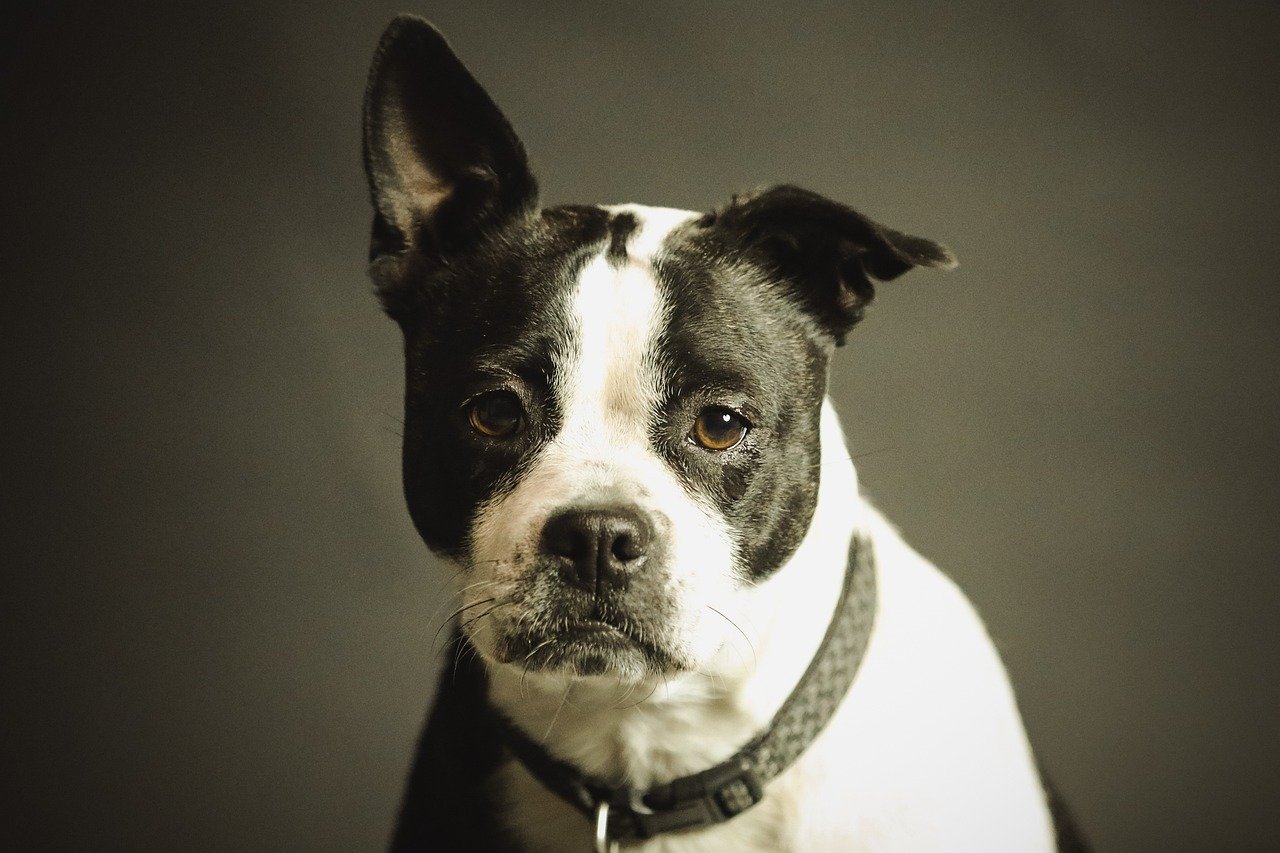
Timing is crucial for dogs, and “later” just doesn’t register. When you tell your dog “later,” you’re referring to a future action—something dogs have trouble grasping. They live in the moment, so delayed promises don’t make sense. For example, saying “we’ll go for a walk later” usually results in a confused look, or worse, persistent begging. Dogs want immediate feedback, and “later” is too abstract. It’s like trying to explain tomorrow to a toddler—they just don’t get it.
Tomorrow: Beyond a Dog’s Calendar
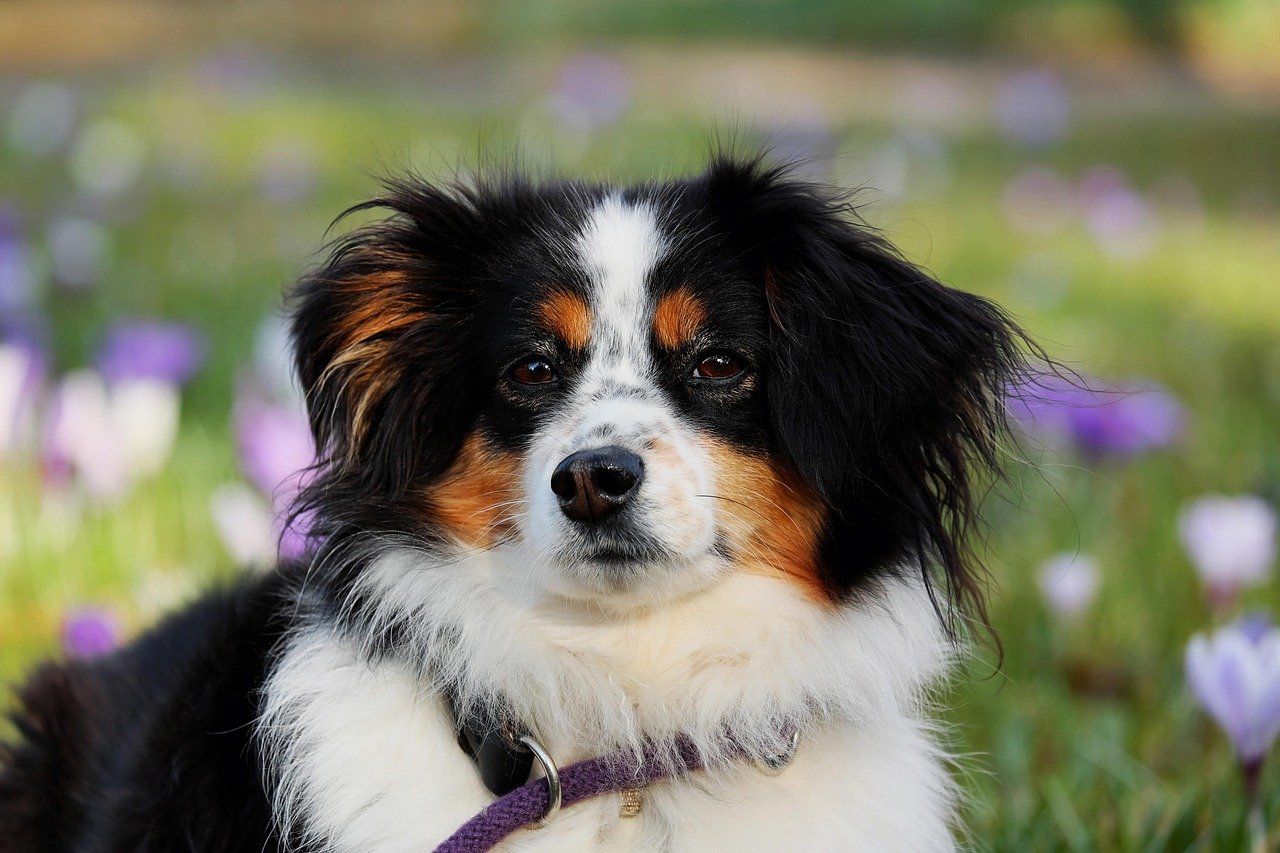
“Tomorrow” is another word that baffles most dogs. The concept of future days is simply outside their understanding. Dogs don’t have calendars or to-do lists; they focus on the here and now. When you say “tomorrow,” your dog might get excited for a moment, thinking something’s about to happen. But when nothing changes, they lose interest. This word is just noise to them, lacking any real meaning or association. It’s a clear example of how human language can be too complex for our furry friends.
Maybe Later: Double the Confusion

Combine “maybe” and “later” and you get a phrase that’s completely lost on dogs. “Maybe later” is a human way of hedging, but for dogs, it’s just two words that don’t connect to any action. You might say it when your dog begs for food or wants to play, but all they hear is uncertainty. Dogs crave clarity and routine, so ambiguous phrases only leave them more confused. They’ll often look to your body language for clues, but the words themselves are meaningless.
Wait: The Word That Needs Context
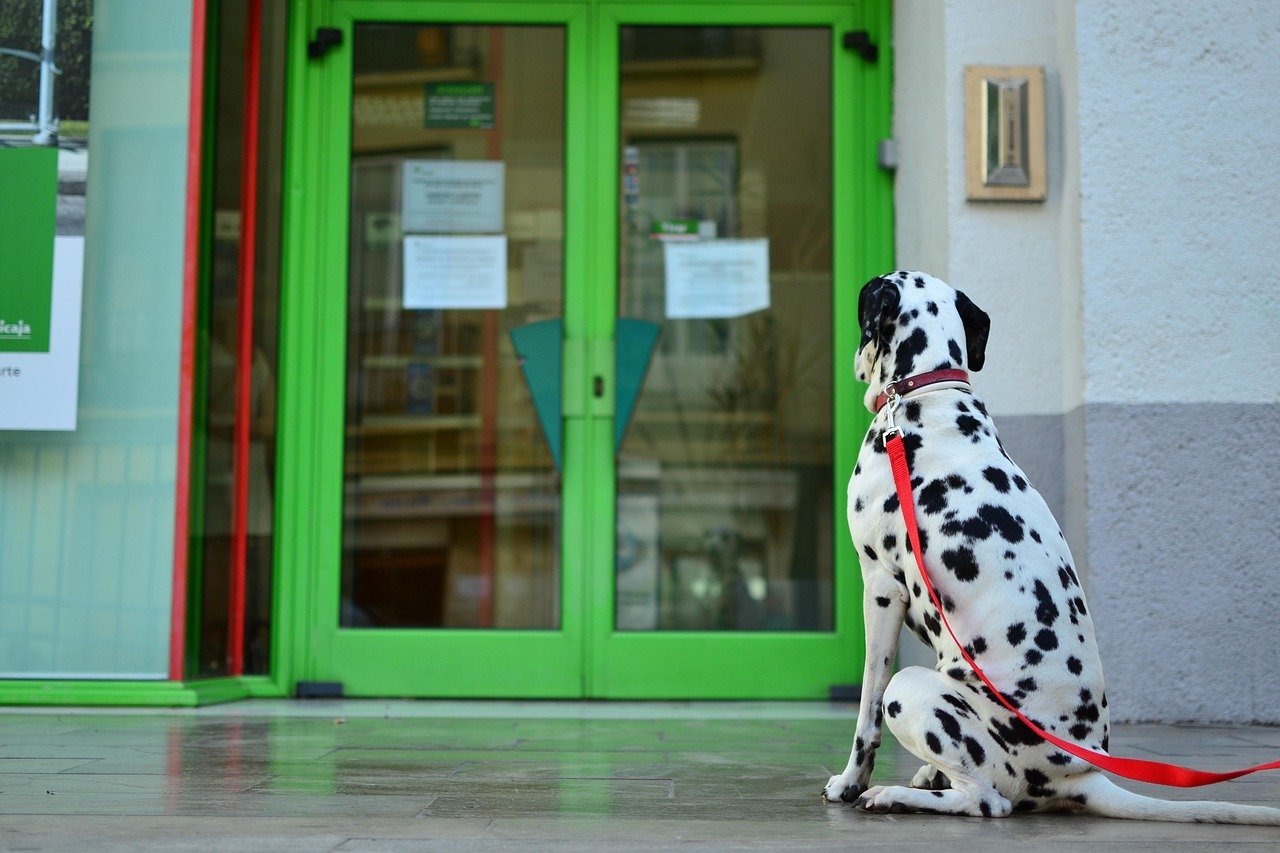
“Wait” is tricky for many dogs. Some learn it as part of their training, but without consistent reinforcement, it can be confusing. The word itself doesn’t provide a clear outcome—it’s all about context. Dogs might sit and stare, unsure if they’re supposed to stay, stop, or do something else. The tone you use matters a lot with “wait.” If it’s not paired with a clear hand signal or routine, many dogs just don’t get it. This word works best when it’s part of a consistent pattern.
Enough: When to Stop Is Unclear
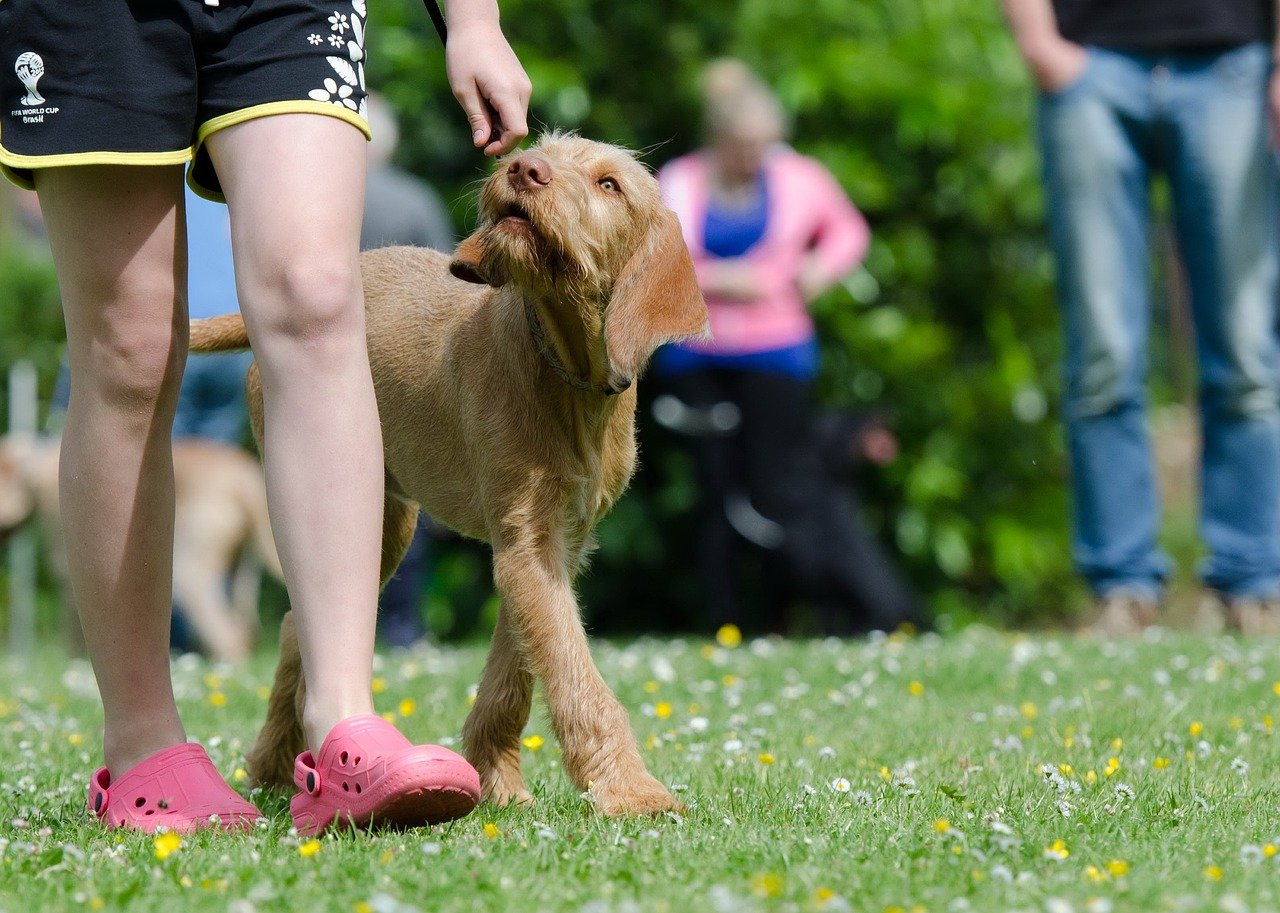
“Enough” is a word many owners use when their dog is barking, playing too rough, or begging at the table. But for dogs, the meaning isn’t always obvious. Unlike “no,” which usually gets paired with a sharp tone, “enough” can sound softer and less urgent. Without a strong association, dogs may ignore it or just keep doing what they’re doing. It’s a word that requires extra training and patience to stick. Otherwise, it’s just another sound in a sea of human chatter.
Sorry: Apologies Don’t Translate
We humans say “sorry” to express remorse, but dogs don’t understand this concept. When you apologize to your dog, they might sense your emotion, but the word itself means nothing. Dogs are experts at reading body language and tone, not abstract ideas like guilt or apology. Saying “sorry” might soothe you, but it won’t have any impact on your pup’s behavior. It’s a reminder that dogs live in a world of action and reaction, not nuance.
Maybe Tomorrow: A Phrase Without Meaning
“Maybe tomorrow” is another phrase that’s completely lost on dogs. It combines uncertainty with a future time, both of which are difficult for dogs to grasp. To them, this phrase is just a collection of sounds without any clear message. You might use it to deflect your dog’s requests, but don’t expect them to understand. Dogs need immediate feedback and clear instructions, so abstract phrases like this only add to their confusion.
Fine: The Unremarkable Word

“Fine” is a word we use all the time, but for dogs, it doesn’t carry any meaning. There’s no action, reward, or consequence attached to it. When you say “fine,” your dog might look at you for more information, but the word itself is just background noise. It’s another example of how some words are simply too bland or vague for dogs to connect with. Unless you pair it with a gesture or routine, “fine” is just filler.
Maybe Later, Tomorrow: The Ultimate Head-Scratcher

Finally, “maybe later, tomorrow” combines every confusing element for dogs—uncertainty, delay, and the abstract concept of time. For humans, it’s a polite way to postpone something. For dogs, it’s a jumble of sounds that means absolutely nothing. This phrase highlights the gap between human language and canine understanding. Dogs respond best to clear, direct words that lead to immediate outcomes. When we string together ambiguous phrases, all we get is a tilted head and a puzzled look.
Conclusion
Dogs may be man’s best friend, but their understanding of our words is both impressive and limited. They thrive on clear, consistent, and immediate communication. The words they know best are those tied to actions, rewards, and routines. When we use vague or abstract language, our pups are left in the dark, relying on our tone and body language instead. Next time you talk to your dog, remember—they’re paying attention, but only to the words that truly matter.

Esther is from India; the heartbeat of South Asia, holding a Master’s degree in Zoology and a postgraduate diploma in Animal Welfare. Her enthusiasm for animal welfare drives her passion and dedication to working for animals, ensuring their well-being, and advocating for their rights. With a solid academic background and hands-on experience, she is committed to making a positive impact in the field of animal welfare. In her free time, she enjoys embroidery and sewing. As a Chennaite from Tamil Nadu, Esther loves Bharathanatyam, an Indian classical dance form.





